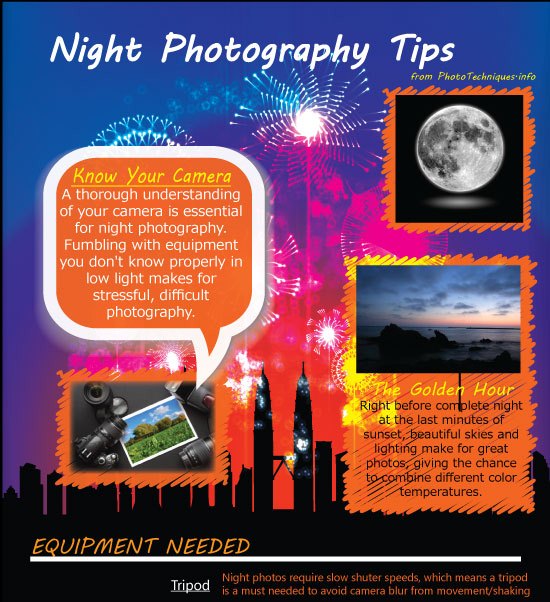What Every Photographer Must Know About Illumination
What Every Photographer Must Know About Illumination
Blog Article
Produced By-Beck Ibrahim
As a digital photographer, you know that illumination can make or damage your images. Understanding the nuances of both all-natural and man-made light is necessary for capturing the mood and clarity you aim for in your work. Whether you're chasing after the excellent gold hour glow or adjust your artificial setups, grasping these aspects can elevate your digital photography significantly. But there are common challenges that many ignore, and identifying them can change your approach to every shoot. Allow's explore what you could be missing out on and just how it can affect your results.
Comprehending Natural Light
Understanding natural light is critical for any professional photographer wanting to boost their job. It's the structure of excellent photography, influencing state of mind, tone, and clearness. When you fire outdoors, pay attention to the moment of day. The gold hour-- quickly after daybreak and prior to sunset-- offers soft, cozy light that can change average scenes into spectacular pictures.
Don't underestimate the power of cloudy days. Cloud cover diffuses sunshine, producing a soft, even light that's perfect for portraits and macro digital photography. You'll locate shades pop in this kind of illumination without extreme darkness.
Positioning issues, as well. Constantly consider your topic's orientation to the light. If the sunlight's behind your topic, you may wind up with a silhouette, which can be significant however mightn't be what you want. Conversely, direct sunshine can create unflattering darkness.
Experiment with angles; often, changing your point of view can yield outstanding outcomes. Use natural reflectors, like water or sand, to bounce light onto your subject, including dimension.
Learning Artificial Light
Grasping man-made light is essential for professional photographers who intend to take their skills to the next degree. Whether you're making use of speedlights, workshop strobes, or constant lights, understanding exactly how to control these sources can drastically improve your photos.
Beginning by acquainting yourself with the basics of light high quality, direction, and color temperature level. Try out different modifiers like softboxes, umbrellas, or grids to regulate the gentleness or violence of the light.
You'll find that soft light typically produces flattering outcomes, while harsher light can add dramatization and depth. Do not shy away from shadows; they can enhance the three-dimensionality of your subjects.
Pay attention to the positioning of your lights. A light located too close to your topic can develop unflattering results, while as well far can cause an absence of detail. Make use of a light meter or your cam's pie chart to guarantee you're revealing correctly.
Lastly, keep in mind that fabricated light can be blended with ambient light for creative effects. Balancing these sources may take method, once you master it, your digital photography will absolutely beam.
Strategies for Various Situations
When you enter various capturing situations, adjusting your lights techniques is important for recording the best pictures. For exterior pictures, make use of the golden hour-- early morning or late afternoon light-- to soften darkness and improve skin tones.
If it's a harsh lunchtime sun, think about making use of a reflector to bounce light back onto your subject or look for shaded locations for a more also direct exposure.
In low-light situations, like interior events, boost your ISO and make use of a wide aperture to allow in more light. Get headshot taken near me can help eliminate video camera shake, allowing for longer direct exposures without obscuring.
If you're shooting at night, trying out off-camera flash to produce dynamic illumination and depth in your images.
For product photography, make use of diffused lights to stay clear of harsh reflections. Softboxes or light camping tents can aid accomplish this result.
When photographing landscapes, take into consideration the instructions of light and time of day, as it can drastically transform the mood of your shot.
Constantly be ready to adjust your setups and positioning based upon the situation, as versatility is vital to understanding illumination in digital photography.
Conclusion
In conclusion, understanding lights is crucial to boosting your photography skills. Embrace all-natural light's beauty during gold hour, and do not avoid try out artificial light strategies. By adapting your technique to various circumstances, you'll catch stunning images that reverberate with emotion and quality. Bear in mind, the ideal lights can change a regular shot into something phenomenal, so keep exercising and refining your understanding of both all-natural and man-made light. https://blogfreely.net/asuncion057mittie/find-out-exactly-how-to-pick-the-ideal-cam-tailored-to-your-photography-style capturing!
